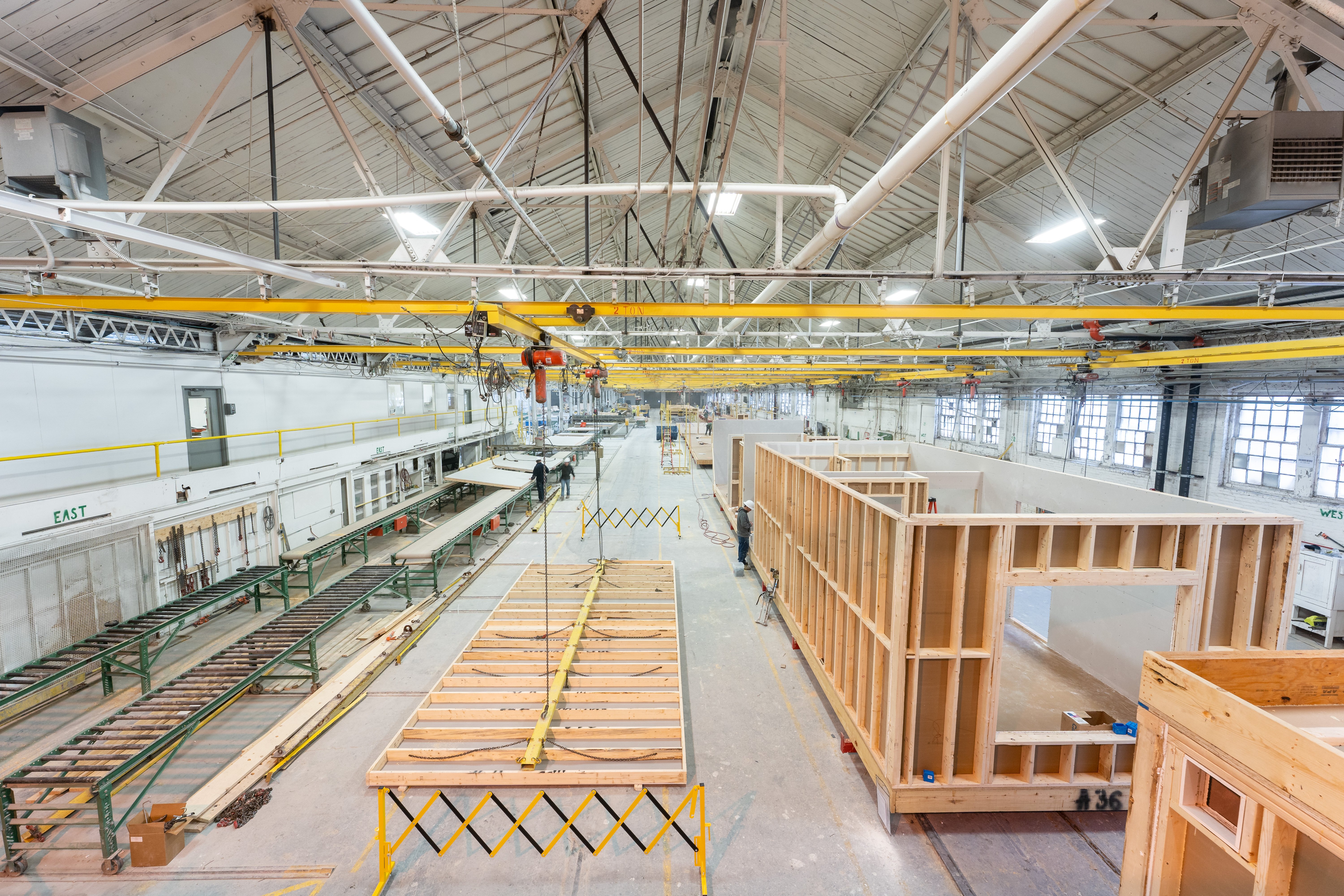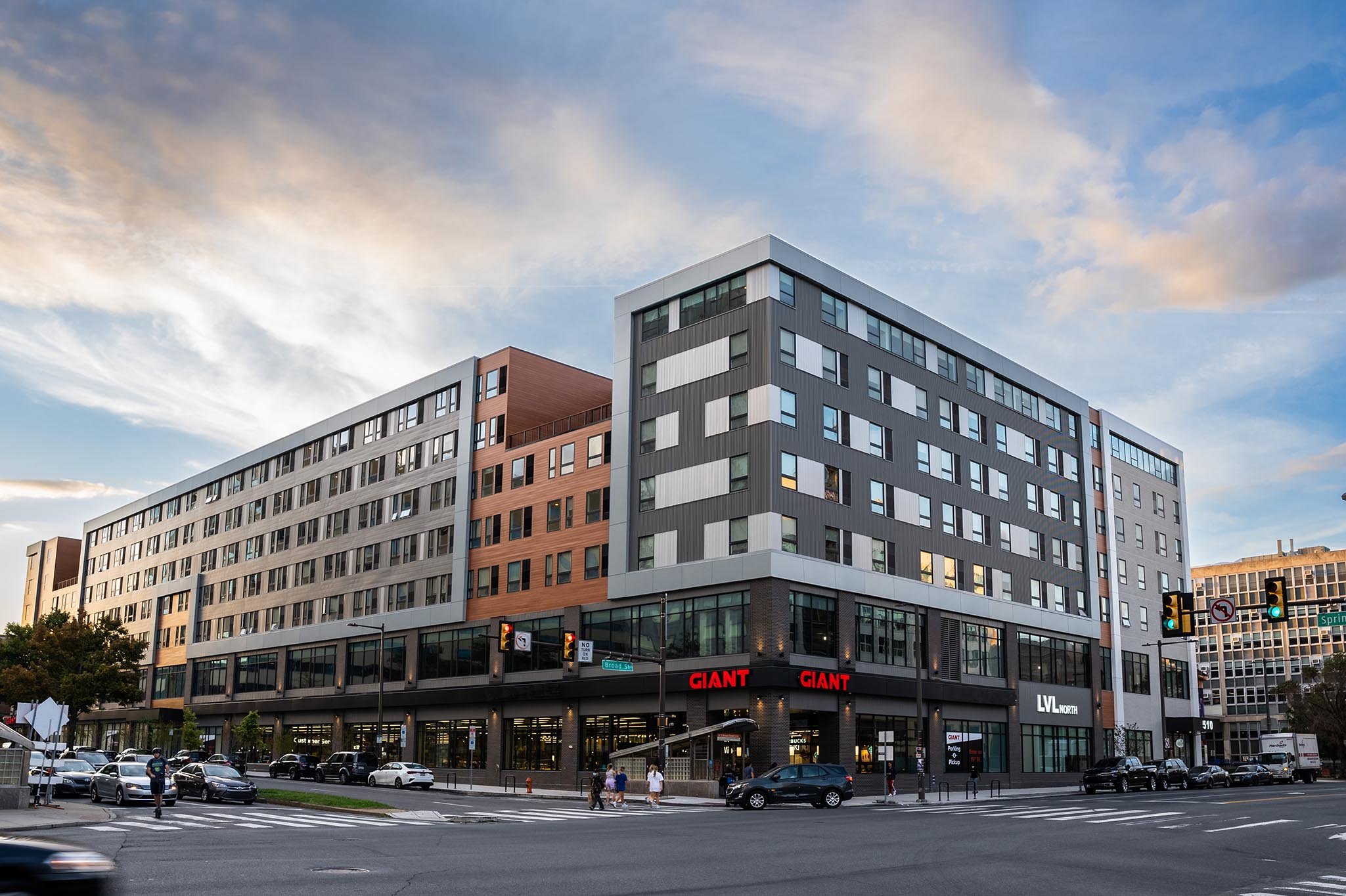Contents

As the demand for efficient, sustainable, and cost-effective building solutions continues to rise, modular construction stands at the forefront of innovation in the industry. Still, with any new method of construction, lenders are weary to explore this new financing possibility. What many lenders don’t know, however, is that modular construction offers a financing process that is not only more secure, but also more defined, streamlined, and simple.
As we demystify the intricacies, lenders will gain a comprehensive understanding of why modular construction is not just a novel building method but a financially sound and secure investment in the future of construction.
Understanding the Financing Challenges in Modular Construction
If you’re just starting out in researching modular construction, you may not find a lot of information about the financing process.
Why?
Putting it simply, it’s relatively new and different.
Traditional construction has been around for centuries, thus the lending process has been well-established and tailored. This long-standing track record provides a sense of familiarity for lenders. In contrast, modular construction has exploded in popularity in just the last few decades and the lending process has been slower to adapt to the unique characteristics of modular.
However, these unique characteristics are what make modular construction such a valuable option for developing large-scale projects. Let’s take a look at the benefits of modular in the financing landscape.
.png?width=808&height=404&name=6%20Things%20We%20Want%20Lenders%20to%20Know%20(1).png)
#1: Modular Greatly Reduces a Lender's Risk Registry
A risk register lists all of the potential risks and the probabilities with which those risks should occur. An analysis by VBC has found that +60% of the items on that risk register are weather-related; i.e. delays due to rain, snow, etc. The majority of these items are reduced by virtue of moving to modular construction off-site.
In the context of financing applications, banks and lenders prioritize risk assessment as a critical factor in their decision-making process. The reduced susceptibility to weather-related disruptions that modular construction offers not only enhances project timelines but also contributes to a more favorable risk profile for potential lenders. In turn, this could help entice lenders.
#2: Supply Chain Certainty
One of the primary strengths of modular construction is the certainty of obtaining materials in the supply chain. The supply chain encompasses the end-to-end journey of a material or service. It involves a series of interconnected processes, including procurement, manufacturing, logistics, and distribution, all aimed at moving goods and services through various stages.
Being such a complex process, delays and obstacles are inevitable. Aside from weather, complications in the supply chain can be one of the biggest culprits behind delays in traditional construction. Traditional construction follows a linear timeline through a fragmented network of tiered dealers and wholesalers, so if a crucial material can’t be obtained, the whole project is stalled.
Modular construction, on the other hand, has the capability to order bulk materials and store them in their factories until they need to be used. Modular factories can work directly with the product manufacturer to negotiate favorable terms - in effect, “cutting out the middlemen”. This advantage couldn’t have been more valuable during the pandemic.
This Philadelphia apartment building was able to continue progress through COVID, completing construction in only eight months. Another project across the street that was being built through traditional construction, however, was delayed by more than an entire year.
A year-long delay means that associated costs, such as labor and financing, can escalate significantly. Speaking of time…
#3: Reduced Construction Timelines and Faster ROI
Since different phases of the construction process can be done simultaneously in modular construction, the timeline is half of the average timeline of traditional construction.
This streamlined approach not only reduces the overall project timeline but also accelerates the return on investment (ROI) for stakeholders. The result is a more efficient and expedited construction process, enabling developers and investors to start realizing returns on their investments at a much faster pace than traditional construction methods would allow. This faster ROI not only enhances financial outcomes but also positions modular construction as a compelling and time-sensitive choice.
#4: Draw Schedules are More Defined
In large-scale construction projects, lenders will require a draw schedule. This draw schedule defines the milestones in which payments are distributed by the lender throughout the construction process.
In traditional construction, milestones are often associated with specific percentages of project completion. However, the perception of what is considered "completed" can be subjective and may vary among lenders, contractors, and developers. This subjectivity can introduce challenges in communication and conflict when it comes time to make payments.
Because modular factories are so streamlined and heavily managed, these draw schedules are much more defined. Each station within a modular factory represents a certain percentage completed. So, when X number of modules have moved through a particular station, then we know that X% of the building is completed. This will be particularly useful to a lender as they can send money based on a percentage completion that is objective.
#5: Quality Control
Contrary to misconceptions, modular construction does not compromise on quality; rather, it enhances it through rigorous and standardized quality control measures.
Each module undergoes meticulous inspection at every stage of production within controlled factory environments. This precision-driven approach not only adheres to industry standards but often exceeds them. The assembly line nature of modular construction facilitates consistency, minimizing the risk of errors or deviations from specifications commonly associated with on-site construction.
Lenders should recognize that the controlled and repeatable processes in modular construction contribute to a level of quality assurance that is fundamental to the success and longevity of the project. Quality control within the factory also reduces the likelihood of errors or defects that could lead to project setbacks.

#6: Projects are Insured
Volumetric Building Companies (VBC) carry comprehensive insurance that mitigates a lot of the risk associated with construction. The modules are covered from the day that the inventory comes into the factory, to transportation, to the day they arrive at the job site.
This all-encompassing insurance not only provides financial protection against unforeseen events or damages during production and transportation but also ensures that potential setbacks are promptly addressed, contributing to the overall risk management strategy for modular projects. As a result, lenders can approach modular construction with greater confidence knowing that their investment is protected.
With all of these advantages, financing modular construction projects presents a unique opportunity for lenders to engage with a transformative and resilient approach to construction. From expedited timelines to comprehensive insurance coverage, modular construction addresses traditional challenges head-on, offering a promising alternative for forward-thinking investors.
Ready to Revolutionize Your Construction Project?
Take the first step by analyzing your parcel with Volumetric Building Companies (VBC). VBC has been the premier modular manufacturer for large-scale projects across the globe from Philadelphia, the Bay Area, all the way to Poland. Discover how our expertise can streamline your construction process, reduce timelines, and enhance overall project success. Click below to get a full analysis of your property and find out why 90% of our clients are repeat customers.


